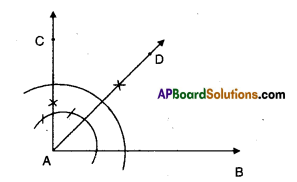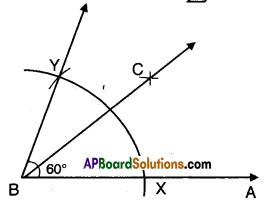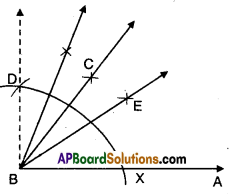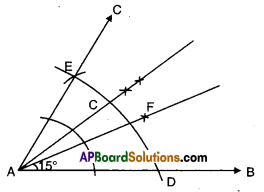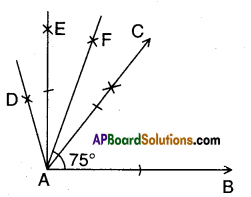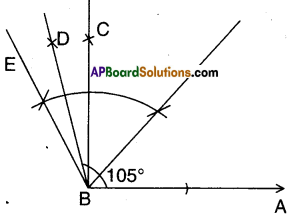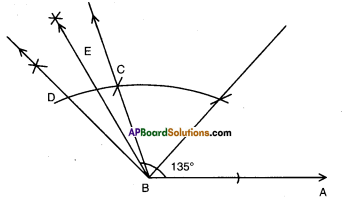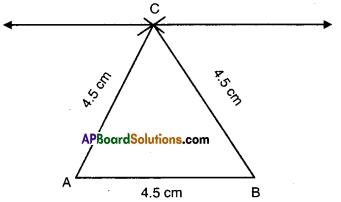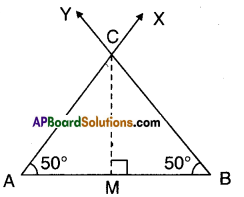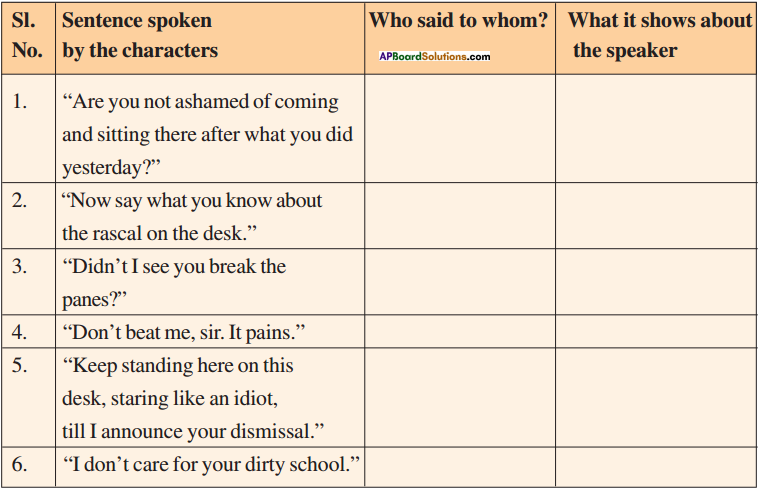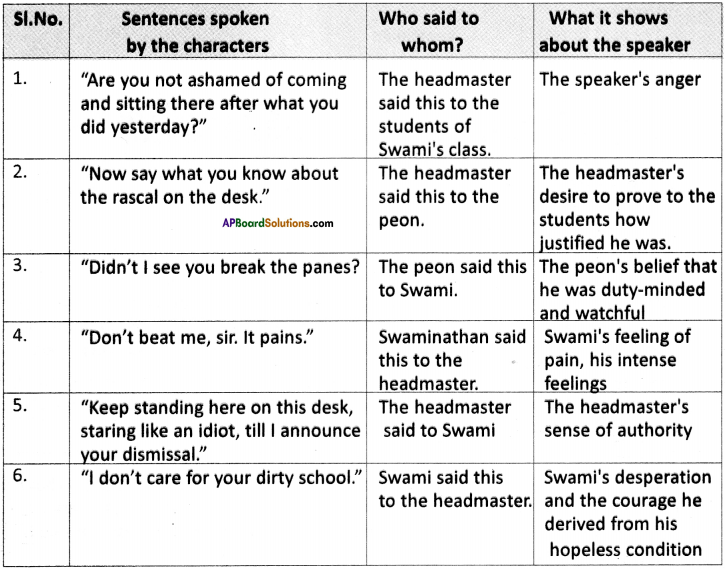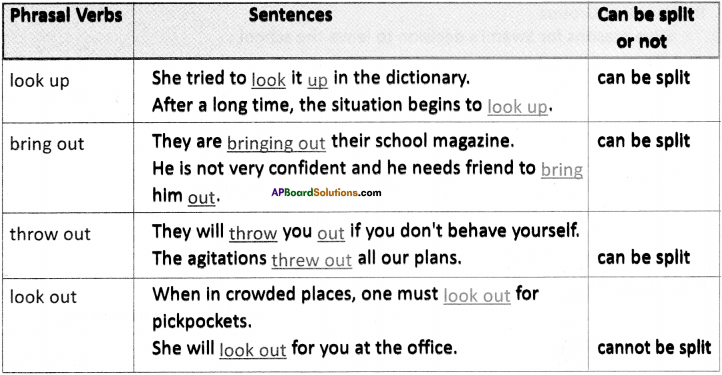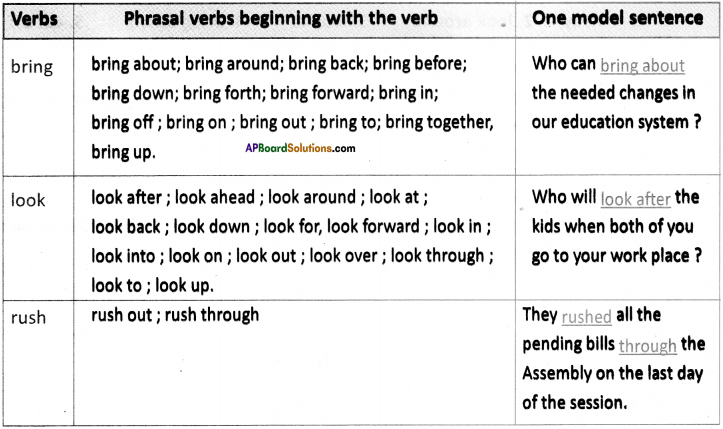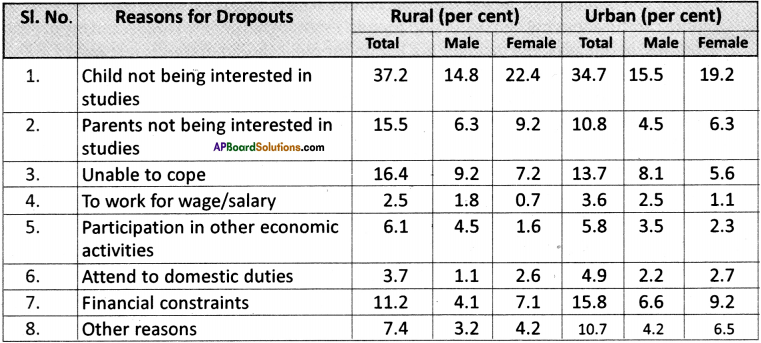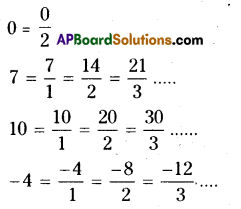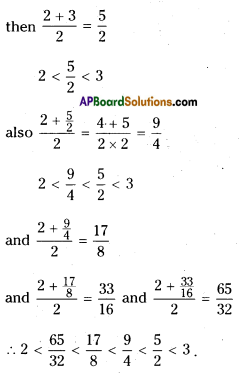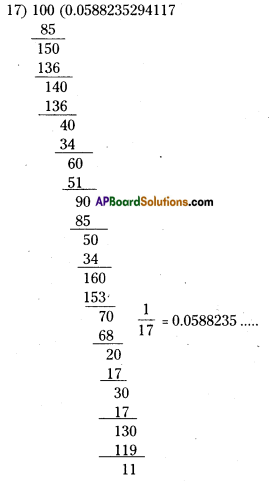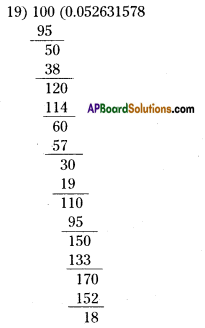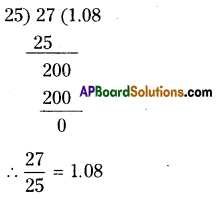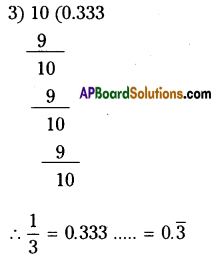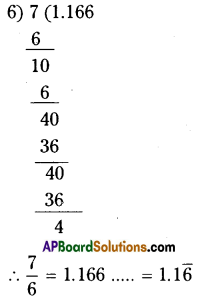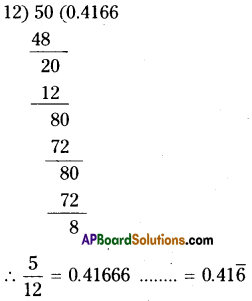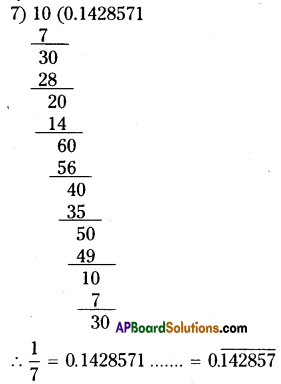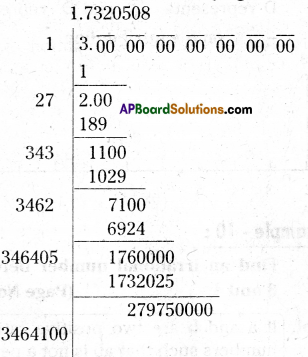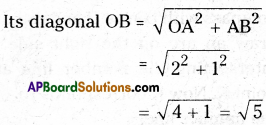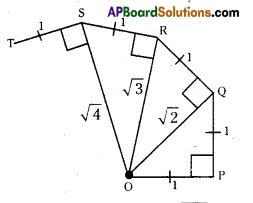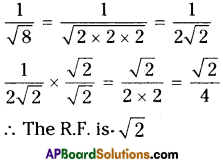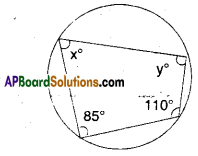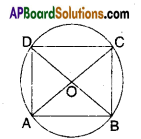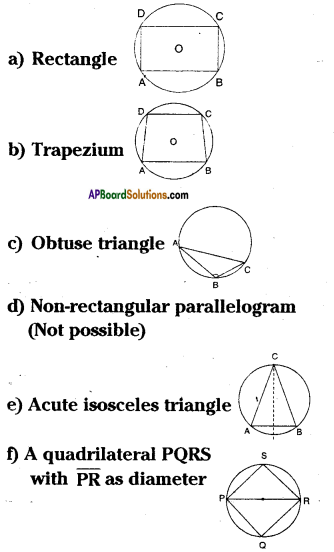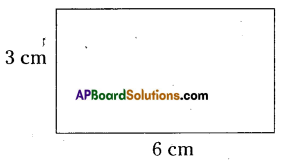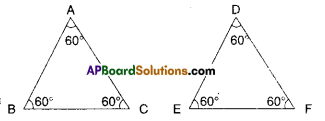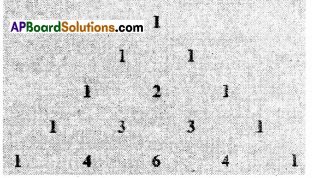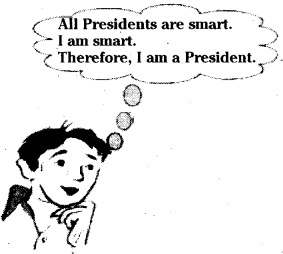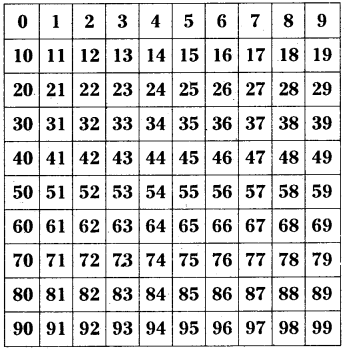AP State Syllabus AP Board 9th Class English Textbook Solutions Chapter 4A What is Man without the Beasts? Textbook Questions and Answers.
AP State Syllabus 9th Class English Solutions Chapter 4A What is Man without the Beasts?
9th Class English Chapter 4A What is Man without the Beasts? Textbook Questions and Answers
Look at the picture and answer the questions that follow.
Question 1.
What do you think the picture is about?
Answer:
The picture shows the dead body of an elephant. It also shows a fallen tree. It presents man’s cruelty to animals and trees. It shows man’s selfishness as well as senselessness. It reminds us of the need to protect plant life and animal life.
Question 2.
What can you do to save nature?
Answer:
We can do a lot to save nature. First of all, not harming nature itself is a great service. Then, we can go on planting trees at various places like school grounds, road sides. We can promote animal life. We can spread awareness among people the need to and methods of saving nature. Preventing pollution, avoiding excessive use of resources, limiting deforestation and encouraging afforestation, promoting animal life are some of the steps we can initiate.
Comprehension
Answer the following questions.
Question 1.
Why does Chief Seattle say that the Earth is sacred to his people?
Answer:
Chief Seattle says that the Earth is sacred to them. It is the creation of god. It is ash of our ancestors. It supports life. It has warmth. It is holy and pious. It is precious too. That is why people love it. They respect it. They worship it too.

Question 2.
The speaker says, ‘I am a savage’. Who do you think is a savage, the Red Indian or the White? Why?
Answer:
Chief Seattle belongs to a primitive Red Indian tribe. They live in the lap of nature. Civilization has not touched them. Hence he humbly calls himself a savage. But at heart, he is good, cultured, and concerned. The White is civilized. But at heart, he is the real savage.
Question 3.
Why does the Chief say ‘The destiny is a mystery to us’?
Answer:
Chief Seattle says that the destiny is a mystery to them. They know how to live with nature. They don’t know destroying nature. They don’t understand why the White want to control them. They fail to understand why animals and trees are being killed and felled. Hence he says it is a mystery.
Question 4.
“What is man without the beasts? If all the beasts were gone, man would die from a great loneliness of the spirit.” Why?
Answer:
God has a scheme. Every living being has its own important role in nature. All animals and even plants help one another in various ways. This fact is all the more important in the lives of tribes. Life without beasts is unimaginable for them. Man without beasts becomes lonely in spirit.

Question 5.
Is man the sole owner of the Earth? Pick out sentences from the speech to justify your answer.
Answer:
Man is not at all the owner of the earth. Earth does not belong to man. Man belongs to Earth. We are a part of the Earth. All animals and trees share the same breath. The Earth is God’s creation, not the man’s property.
Question 6.
Why does the speaker say that if we spit on the ground, we spit on ourselves?
Answer:
The writer says that the earth is the mother of many lives. If we harm mother earth, we are harming ourselves. If something bad happens to the earth, it is bad to us. If men spit upon the ground, they spit upon themselves.
Question 7.
“All belong to the same family.” The speaker says this to mean
(a) all animais belong to one family.
(b) all animals and plants belong to the same family.
(c) everything on the earth belongs to one family.
Answer:
(c) everything on the earth belongs to one family.

Question 8.
In his speech, Chief Seattle asks the audience a number of questions. He also creates vivid pictures in the minds of the audience. What are the other features of the speech? List them.
Answer:
Chief Seattle makes use of many literary features. He creates many images. Repetition of some powerful expressions is frequent. Metaphors like “the river of blood of ancestors”, “the land of ashes of forefathers” are very piercing.
Vocabulary
Read the following expression.
The warmth of the land
The word warmth here suggests love, care, affection, intimacy, etc.
I. Which of the following words can be used to work out new combinations with the word warmth?

e.g. the warmth of friendship
Answer:
the warmth of love ; the warmth of relationship; the warmth of freedom.
Why do you think certain combinations are not possible?
Are there any other expressions of this kind in the reading material?
Answer:
Yes. There are other expressions of this kind in the reading material. They are : the freshness of air; the sparkle of water; the body heat of the pony; the blood of our ancestors; the ashes of our grandfathers

Work out new combinations and use them in your own sentences.
Answer:
a) the pain of the suppressed
If only every one feels the pain of the suppressed, the planet will be a better place to live on.
b) the mood of the listeners
Some speakers do not at all take into consideration the mood of the listeners and go on speaking.
c) the depth of their feeling
Can you measure the depth of their feeling?
In the speech you can see a few words suggesting movement. For example, in the sentence ‘The sap which courses through the trees carries the memories of the red man’ the word ‘course’ means ‘flow’ or ‘move rapidly’.
II. Pick out from the speech other words that denote movement. If necessary, refer to a dictionary.
Answer:
The other words used in the speech denoting “movement” are: moves; carry; go; passing; walks.
Grammar
The Verb Phrase (a part of the predicate)
- A sentence is a group of words with complete sense.
- A sentence has two parts : 1) The Subject and 2) The Predicate
- The part of the sentence about which something is said is the subject of that sentence.
- The part of the sentence that says something about the subject is the predicate.

- The subject is either a noun or a noun equivalant.
- The predicate has a verb and some other elements.
- The predicate begins with a verb.
- The predicate may have only the verb or the verb along with other elements.
Note the following examples.
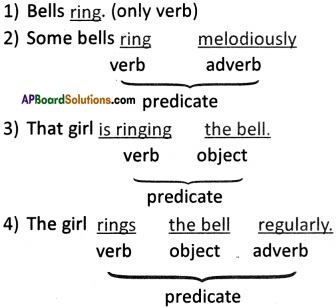
- You must have noticed that the verb begins the predicate.
- The verb may be a single word. Then it must be the main verb.
- The ‘verb’ may be a group of words with one or more helping verbs. Such groups of verbs (helping verb + main verb) are called the VERB PHRASES.

Read the following sentences taken from the text.
1. We are a part of the Earth.
2. You must teach your children that the ground beneath their feet is the ashes of our grandfathers.
1. What is the relationship of the above underlined parts with the first part of the sentences?
Answer:
You must have noticed that the underlined parts are the PREDICATES and the other parts are the SUBJECTS.
2. What type of word do you see at the beginning of the underlined part?
Answer:
The first word in the predicate is the VERB.
3. Which is the most important word in it?
Answer:
The verb is the most important word in the predicate.
I. List all the verb phrases in the following passage. Identify the Main verb.
Look at the river. It has very little water in it. Once it was flowing well. Now it is dying. Can’t you hear the cries of the dying river? The water in it is polluted. Do you get its stink? You cannot drink it. You cannot give this water even to animals. Animals will not go near it. We must make the river live forever. We must make the river our own companion.
Answer:
List of Verb Phrases
look (main verb)
has (main verb)
was flowing (flowing – main verb)
is dying (dying – main verb)
can’t hear (hear – main verb)
is (main verb)
do get (get – main verb)
cannot drink (drink – main verb)
cannot give (give – main verb)
will not go (go – main verb)
must make (make – main verb)
II. Analyze the verb phrases you have already identified and list the Main verb and the Auxiliary verbs in each of them.

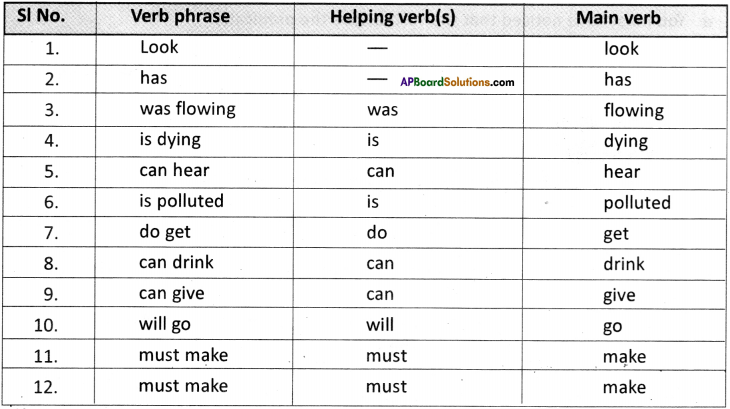
III. If Clauses
Read the following sentences.
1. If you leave the door of the cage open, the bird will fly out. .
2. If Mother Teressa were alive today, how would people receive her?
3. If I had played well, I would have won the game.
- What is the meaning of each sentence?
- What are the two parts in each sentence?
- What is the role of ‘If’?

Types of ‘If Clauses’
1. Sentence (1) means there is a possibility of the bird flying out when we leave the door of the cage open.
2. In sentence (2) the speaker is not thinking about a real situation. He is only imagining the future happening ( because Mother Teressa is not alive today.).
There is no possibility of future happening. (People receiving her.)
3. In sentence (3) the speaker talks about something that might have happened in the past, but it didn’t.
Let us identify the ‘verb and tense’ elements in each of these sentences both in the ‘If- clause’ and in the ‘Main clause’.
| If-clause | Main clause |
| Sentence (1) | leave | will fly |
| Sentence (2) | were | would receive |
| Sentence(3) | had played | would have won |
Complete the following sentences using possible main clauses.
1. If I were asked to stay at home and do only household chores, ……………..
2. If I had attended the function, …………….. .
3. If Raju comes to school every day, …………….. .
4. If Lalit had helped him do his homework, …………….. .
5. If I were the class teacher of class-IX, …………….. .
Answer:
- I would not accept.
- my friend would have felt very happy.
- he will shine in studies.
- he would have escaped imposition.
- I would try my best to improve the students’ performance.
Writing
I. Read the last part of the speech of Chief Seattle once again.
Answer:
Are all the sentences of the same length? Obviously, not. The speech contains long sentences (But in your… over the red man), short ones (Where is the thicket?) and even fragments (Gone). Why do writers vary the length of the sentences? Again,why do they use different types of structures (sometimes statements, questions,exclamations, fragments, etc.)?
Good writers vary their sentences to make them interesting.
Sentence length can influence the mood of the piece. If you’re concerned that your writing is either too choppy or too flowery, review it with an eye toward sentence length.
- Is it varied?
- Does it fit the mood you’re trying to convey?
Do you heavily favour short, simple sentences, or does the piece contain too many paragraph-long sentences?
To make your texts more interesting, you should use sentences of varying lengths with a variety of structures.
Read the following text.
Dogs are our great companions, aren’t they? Any idea when the friendship between man and dogs began? Maybe, thousands of years back. Who knows! What is important is that they are man’s best friends for obvious reasons. Dogs, as such, need to be walked. Walks keep their owners healthy; and the owners can talk to their dogs. They never tell secrets. Dogs don’t care what their owners observe while walking or what they watch on TV. As long as dogs are taken care of, they are happy.
What are the features of this write-up? In this the variety in sentences has been obtained in a number of ways:
Using different sentence types (statements, questions, exclamations, etc.)
Using elements such as tags, connectives (and, as such, etc.)
Read the following write-up.
You must have heard about the Hussain Sagar Lake. It is in Hyderabad. It is one of the largest man-made lakes. Hyderabad and Secunderabad are twin cities of the State. The lake connects these cities. It was originally constructed to supply drinking water. Now it is not used as a drinking water source. People say, “This is sad. There is plenty of water. Nobody can drink it.” The lake faces a few threats. The main threat is encroachment by both private and public agencies. The lake also faces the problem of pollution. One of the locals said: ‘Oh, sometimes it stinks horribly.” This is due to the continuous discharge of domestic wastes and industrial chemicals. Hence it is our duty to save the Hussain Sagar Lake.

I. Rewrite the sentences according to the direction given in the brackets.
1. The lake connects these cities. (Change into a question).
2. It is in Hyderabad. It is one of the largest man-made lakes. (Combine the two sentences using ‘and’.)
3. Hyderabad and Secunderabad are twin cities of the State. The lake connects these cities. (Begin the sentence with ‘The lake … ‘and connect the two sentences.)
4. It was originally constructed to supply drinking water. Now it is not used as a drinking water source. ( Connect using ‘though’)
5. “This is sad,… ?” (Complete the sentence with a question tag.)
6. “Oh, sometimes it stinks horribly.”(Rewrite the sentence beginning with ‘How )
Answer:
- Does the lake connect these cities?
- It is in Hyderabad and one of the largest man-made lakes.
- The lake connects Hyderabad and Secunderabad which are twin cities of the state.
- Though it was originally constructed to supply drinking water, now it is not used as a drinking water source.
- This is sad, isn’t this (it)?
- How horribly it stinks sometimes!
Read the speech made by Chief Seattle once again and reflect on the following features.
1) The beginning and ending of the speech
2) The arguments and the building up of arguments in a sequential manner
3) The emotive and argumentative language used
4) The variety of sentences used
5) Mental images created
Answer:
- The speech begins with a question that has no valid answer. And the speech ends with a paradox packed with sarcasm.
- The arguments are developed gradually and in a logical and powerful sequence.
- The language used is filled with emotions and rhetoric.
- A wide variety of sentences add force and interest to the argument.
- A good number of mental images employed in the speech serve a very valuable purpose.

II. Prepare a speech that you would like to make on ‘the World Environment Day’. You can make use of the following hints :
1) The threats to animal and plant life
2) The pollution of air, water and earth and the consequences
3) The need to preserve our environment for ourselves and for the future generations
Answer:
Good evening everyone. We are all here on the occasion of the ‘World Environment
Day’. It is definitely not a happy gathering. Are we not aware of the most serious problem we face today ? Yes, it is fast polluting environment. Who, then, is responsible ? It is we, the makind. And the sufferers ? Plants and animals too ! And they suffer for none of their faults.
Was pollution a problem centuries ago too ? No, it wasn’t. Why, then, now it poses a serious threat ? Is man today not as intelligent as his forefathers? No, it is not the question of intelligence. It isthe question of wisdom. In good olden days man was wise and selfless. Now man has become clever and selfish.
Mother Earth can satisfy every one’s needs. But man wants his greed to be satisfied. The result? The very existence of LIFE on the earth becomes doubtful in a few hundred years. Why?
Man’s selfishness results in senseless falling of trees. Industrialisation leads to pouring out of poison into air, water, and the earth. Automobiles add to air and noise pollution. Excessive use of pesticides and fertilisers leave food items, ground water, and even the earth full of harmful chemicals. The list, in fact, is too long to be completed now.
What, then can we do now? Should we silently suffer? Can we remain as mere spectators? Does Mother Earth excuse us if we don’t respond? Can we forgive ourselves if we don’t react? No. Let us do our bit. Let us plant a tree each on every important event. Let us stop using automobiles at least once a week. Let us promote awareness among villagers once a month. Let us ask the public representatives to make effective laws to prevent pollution. Let us pledge to become strong soldiers in the war against pollution. Let us promise to bring peace into the minds of every living being. Let us strive to see Mother Earth have green smile all over her surface! Say Green is Great!
Jai Green Earth ! Bye Dear friends!
Study Skills
I. Study the following table, which shows the ranking of districts in Andhra Pradesh in terms of industrial pollution intensity.
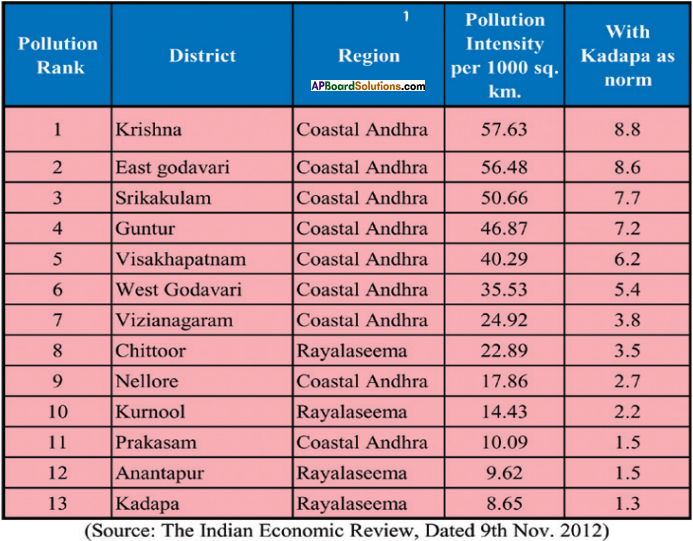
Answer the following questions:
1. Which district tops the list in pollution intensity?
Answer:
Krishna district tops the list in pollution intensity.
2. Which region of Andhra Pradesh has the least pollution intensity?
Answer:
In terms of regions, it is the Rayalaseema region that has the least pollution intensity.
3. What percentage of land is affected by industrial pollution in Guntur?
Answer:
46.87% of land is affected in Guntur.
4. What percentage of land is not affected by industrial pollution in Krishna district?
Answer:
42.37% of land in Krishna district is not affected.
5. What are the comparisons that you can make related to the two regions in terms of pollution intensity?
Answer:
Rayalaseema is the least affected Area. In Andhra region too, Krishna, the Godavari districts, Visakhapatnam, Sreekakulam district have high intensity of pollution.

II. Write an analytical report on the pollution intensity in Andhra Pradesh.
Answer:
The Pollution Intensity figures for Andhra Pradesh are rather alarming. Krishna, East Godavari too join together in alerting us to awake. What comforts us a little bit is the position of pollution in districts like Kadapa and Ananthapur. But that doesn’t leave any scope for sleep or rest. The picture presents a grave problem. We are all to work for a solution. That too as early as possible. The quicker we work out the solution, the better for us!
Listening
Practise listening carefully. Then you will be able to speak.
Listen to the ‘Earth Song’ by Michael Jackson and answer the following questions.
EARTH SONG
What about sunrise
What about rain
What about all the things
That you said we were to gain …
What about killing fields
Is there a time
What about all the things
That you said was yours and mine…
Did you ever stop to notice
All the blood we’ve shed before
Did you ever stop to notice
The crying Earth the weeping shores?
What have we done to the world
Look what we’ve done
What about all the peace
That you pledge your only son…
What about flowering fields
Is there a time
What about all the dreams
That you said was yours and mine…
Did you ever stop to notice
All the children dead from war
Did you ever stop to notice
The crying Earth the weeping shores
– Michael Jackson

1. How does Michael Jackson respond to man’s attack on Nature?
Answer:
Man has been attacking Nature mercilessly. Michael Jackson is moved. He is concerned. He asks everyone to think. He asks everyone to notice the crying earth. He appeals for peace, protection, preservation. He uses a series of questions to convince the reader.
2. What is the mood of the song? Indicate by putting a tick(✓).
a) sadness ( )
b) anger ( )
c) anguish ( )
d) joy ( )
Answer:
c) anguish (✓)
Oral Activity
Discuss the following in groups.
1. Why do writers often write about these things (things like earth)?
2. In what ways does nature influence man?
3. Can it shape one’s personality?
Answer:
“Mother earth motivates writers in many ways. Poets find Mother earth as an endless source of inspiration. Earth’s colour, shape, textures, life it supports and many more things have formed themes of a lot many works.”
“But these days the major theme has been “how man abuses Mother earth”. People have become not only selfish but also senseless. Their cruelty to earth is going to cost a heavy price to man.”
“Nature is man’s best benefactor. It gives us rich food, fresh water, and clean air. It provides us with chances to play. It entertains us. It educates us. It fills our minds with great ideas. It sets models of behaviour.”
“Nature helps one develop one’s personality well. It creates plenty of opportunities to learn, to correct, to improve, to perform and to progress. Hence great persons, poets, philosophers appreciate Nature’s glory and acknowledge its service. They appeal for the preservation of nature for posterity.”
Literary Terms
Literary elements :
The essential techniques used in literature (e.g., characterization, setting, plot, theme).
Literary devices :
Tools used by the author to enliven and provide voice to the writing (e.g., dialogue, alliteration).
Metaphor:
The comparison of two, unlike things in which no words of comparison (like or as)are used (e.g., That new kid in class is really a squirrel.).
Narrative :
A story, actual or fictional, expressed orally or in writing.
Personification :
An object or abstract idea given human qualities or human form (e.g., Flowers danced about the lawn.).
Satire :
A literary tone used to ridicule or make fun of human vice or weakness.
Simile :
A comparison of two, unlike things in which a word of comparison (like or as) is used(e.g., She eats like a bird.).
Metaphor vs. Simile :
A metaphor is direct relationship where one thing is another (e.g. “Juliet is the sun”). A simile, on the other hand, is indirect and usually only likened to be similar to something else. Similes usually use “like” or “as” (e.g. “Your eyes are like the ocean”).
What Is Man Without The Beasts? Summary in English
Chief Seattle’s speech “What is Man Without the Beasts” is a heart-rending, thought provoking, and environment-protecting piece. These words flowed directly out of Seattle’s heart when the white chief proposed to buy the land in which the Red Indians were living. Seattle says that the idea of buying is strange. We are a part of the earth. The earth is not a part of us. We cannot own the warmth of the land, the sparkle of the water, the freshness of the air or the vastness of the sky. Then, how can we buy or sell them ? The land is the ash of our grandfathers. The river is the blood of our brothers. The air that we breathe binds all the living beings together. The plants and animals around us are all our brothers and sisters. The land, the water, and the air are sacred to us. They are precious to us. We respect them. We worship them. They protect us. They sustain us. Without beasts, we become lonely in spirit. If we kill them, we will die later. If we harm the earth, it harms us. The white man’s words of buying and offering make no sense to me. What we know is to live in the lap of nature. What we teach our children is to respect every living being. We know only living not surviving.
What Is Man Without The Beasts? Glossary
beasts (n – plural) : wild animals
resonate (v) : resound, echo
gospel (n) : the Bible; final and pious saying
sparkle (n) : shine; brightness
sacred (adj) : holy; pious
pine (n) : a kind of tree
sap (n) : the liquid in plants carrying food to various parts
courses (verb- simple present) : passes; moves ; flow
perfumed (adj) : sweet scented
crests (n – plural) : tops of hills ; rocks
pony (n) : a type of a small horse
ancestors (n – plural) : forefathers
ghostly (adj) : of a ghost
quench (v) : satisfy; fulfil
canoes (n – plural) : light, narrow boats
numb (adj) : insensitive (Note that the letter ‘b’ is silent).
stench (n) : strong, unpleasant smell
savage(n) : an uncivilized person
rotting (adj; v+ing) : decaying, decomposing
prairie (n) : a piece of land covered mainly with grass (with not many trees)
the smoking iron horse (phrase) : the train (Notice the creativity of the innocent person with a kind heart and wise mind.)
befalls (v – simple present tense) : happen to (particularly something bad)
web (n) : a complicated pattern of things
strand (n) : a single piece/line of thread
compassion (n) : a strong feeling of symathy
heap (v) : put a lot
contempt (n) : lack of respect; not treating someone with due respect
perishing (n – v+ing) : destruction
dominion (n) : authority; control
slaughtered (v – past tense) : killed
blotted (v-past tense) : covered
thicket (n) : a group of bushes
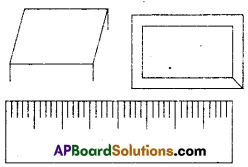
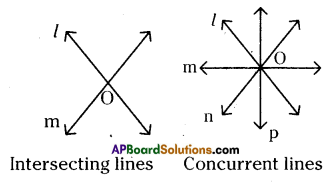
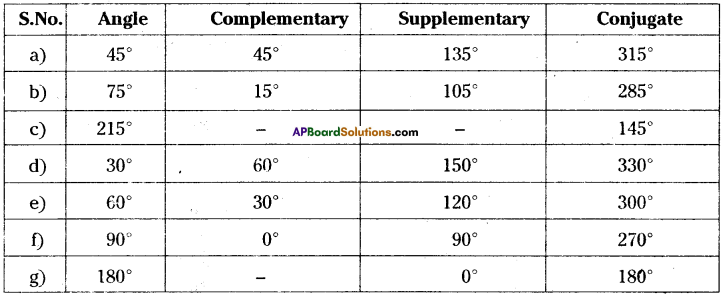

![]()
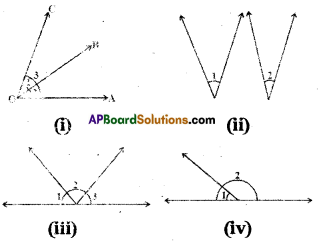
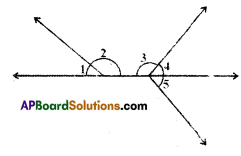
![]()
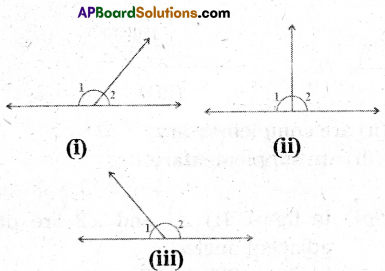
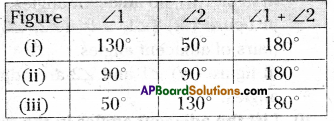
![]()
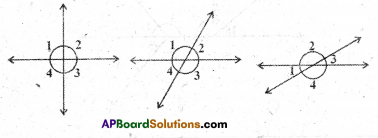
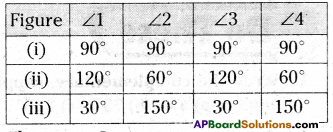
![]()
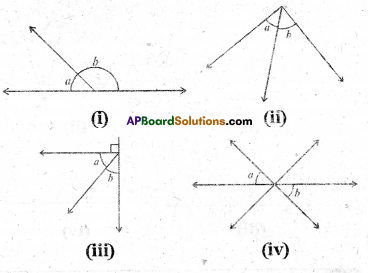
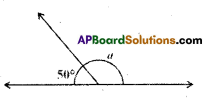
![]()
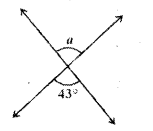
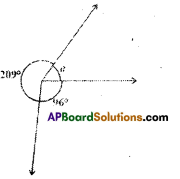
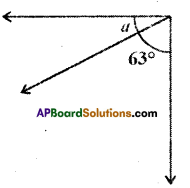
![]()
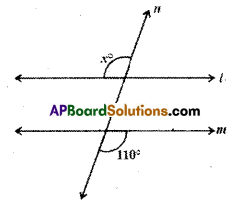
![]()
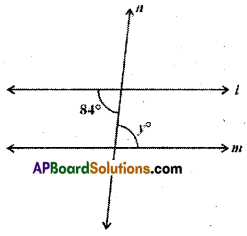
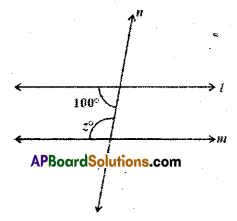
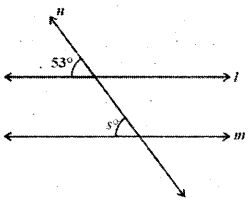
![]()
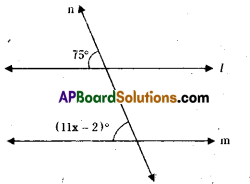
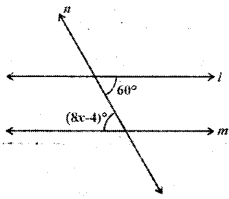
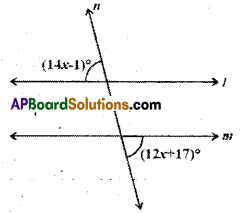
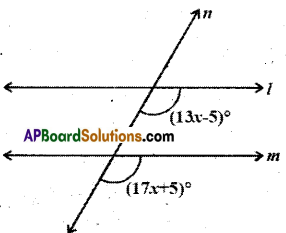
![]()
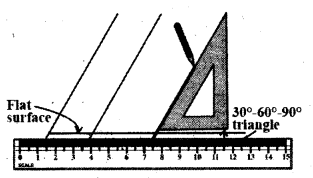
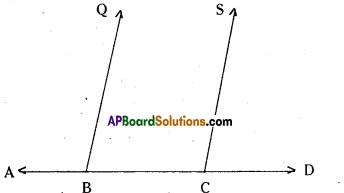
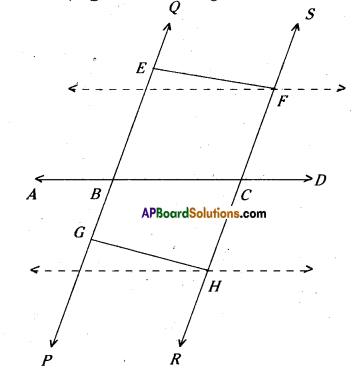
![]()
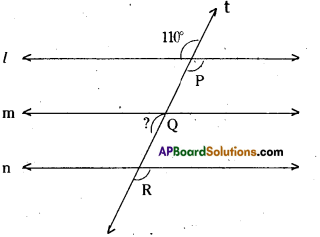

![]()
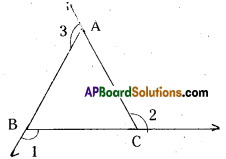




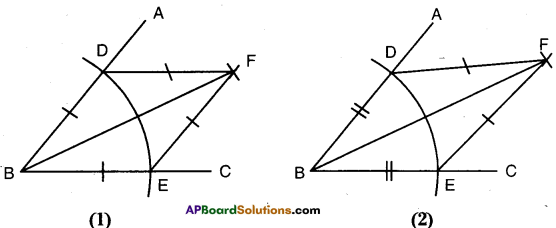
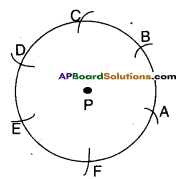
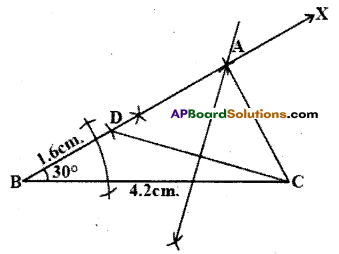
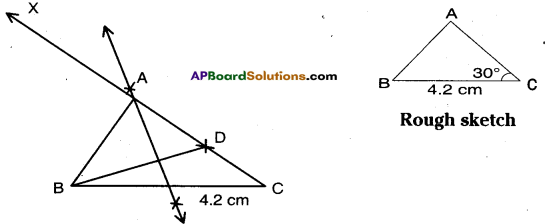

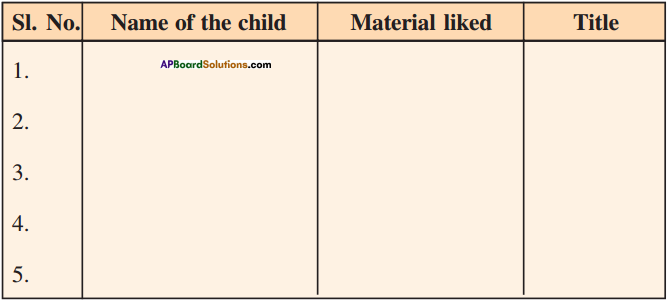
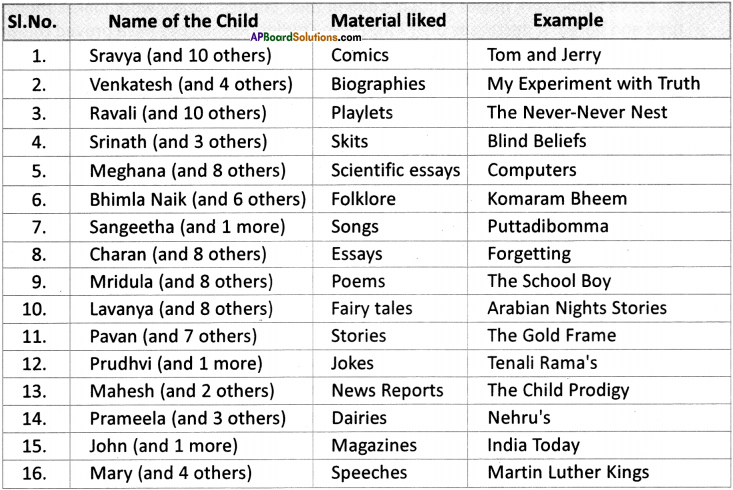
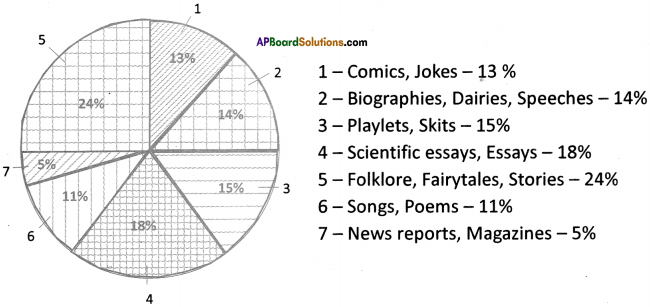
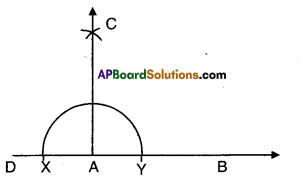
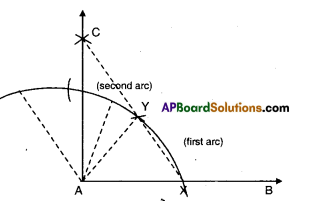 |
|